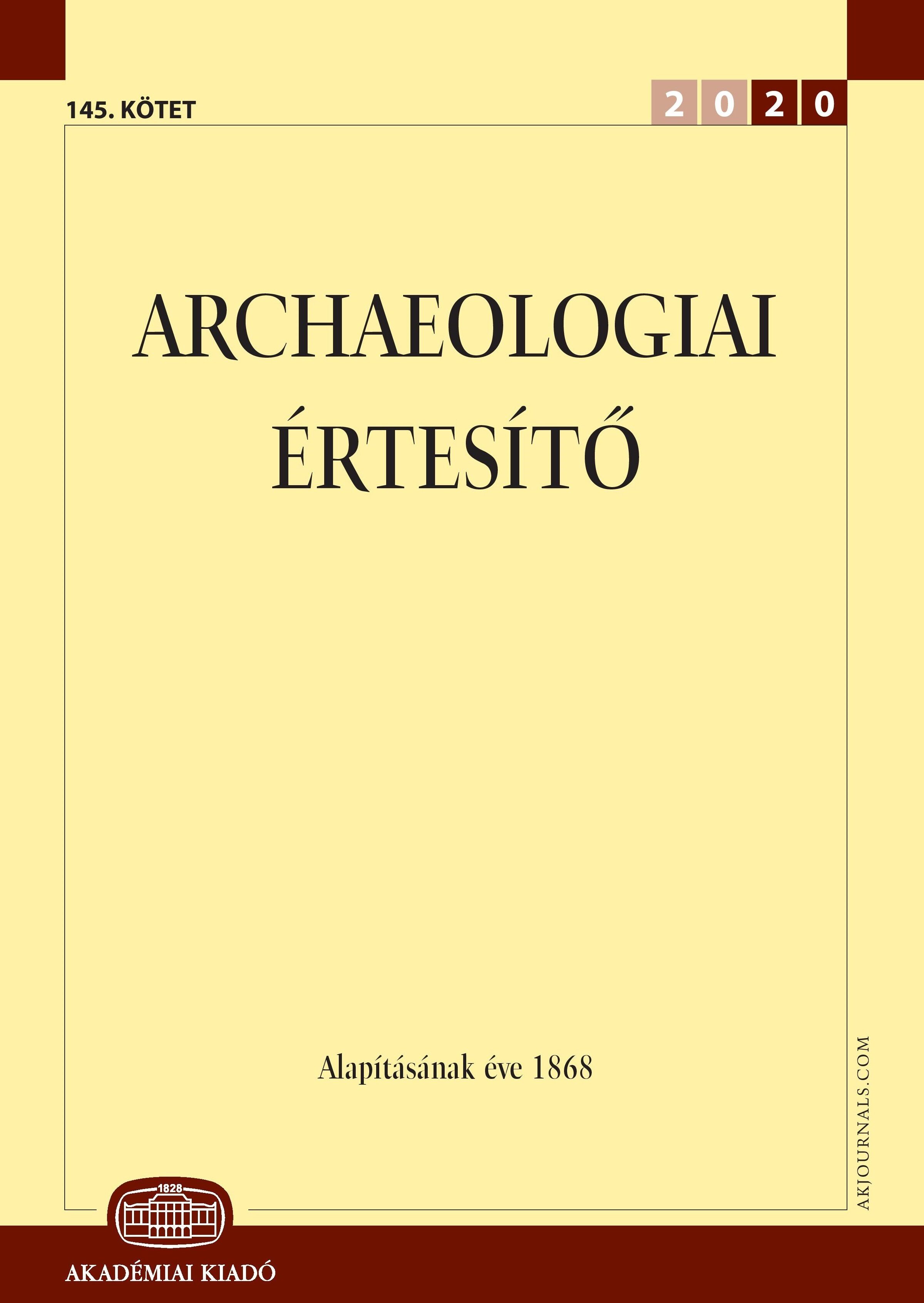Előkelő hun kori temetkezés Budapestről, egy késő római erődfal árnyékából. Biorégészeti adatok a Kárpát-medence hun megszállásának korai szakaszához
Hun Period Elite Burial from Budapest, in the shadow of a Late Roman fort wall: Bioarchaeological Data on the Early Phase of Hun Occupation in the Carpathian Basin
Author(s): Boglárka Mészáros, Attila Türk, Balázs Gusztáv Mende, Balázs Gyuris, Botond István Heltai, Anna Szécsényi-NagySubject(s): Archaeology
Published by: Akadémiai Kiadó
Keywords: Hun Period; Budapest; Late Roman fortress; spatha; radiocarbon dating; genetic analysis;
Summary/Abstract: The paper discusses two Early Migration Period burials discovered in the foreground of the southern wall of the Roman fort by the Rákos Stream, opposite the military camp of Aquincum, in the summer of 2020. The graves were found in the zone between the southern fort wall and the moat surrounding it, dug one into another in the fill of an earlier Roman pit, filled halfway back at the time. The upper grave, of an adult man, was northwest-southeast oriented and unfurnished; the lower one, the north-south oriented burial of a warrior, comprised several elements linking it with the Hun burials in the Carpathian Basin and the steppe region. Besides stratigraphic observations, radiocarbon dating has proven that the two burials belong to the same period. The warrior was likely a member of the elite of the first Hun generation that arrived in the Carpathian Basin from Eastern Europe; however, some elements indicate the practising of provincial funerary customs, which may hint at foederati, a group connected to the Romans. His genome indicates close connections with peoples in the Caucasus, raising the question of whether he was a descendant of Alans or some of their genetic neighbours.
Journal: Archaeologiai Értesítő
- Issue Year: 149/2024
- Issue No: 1
- Page Range: 269-291
- Page Count: 23
- Language: Hungarian

